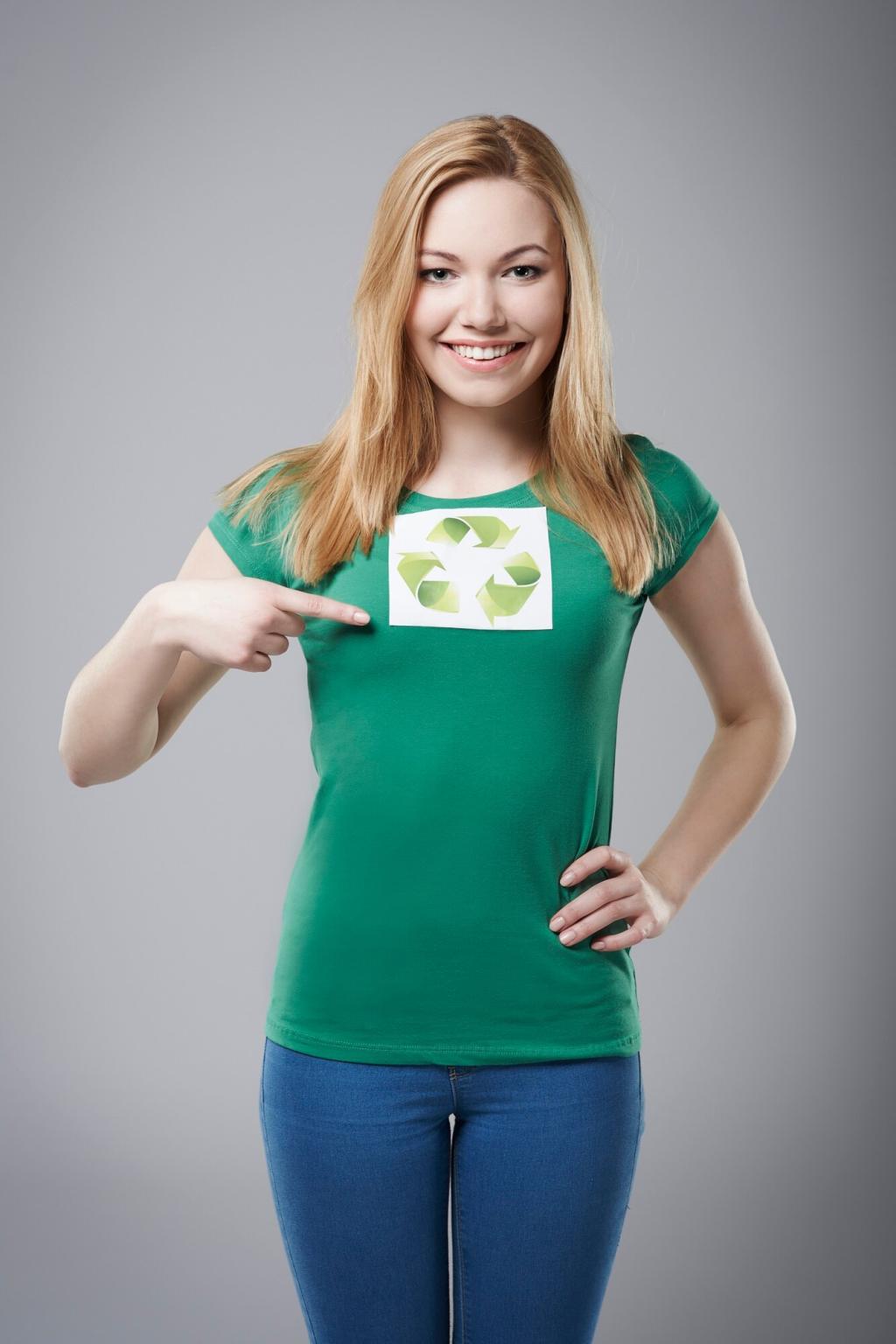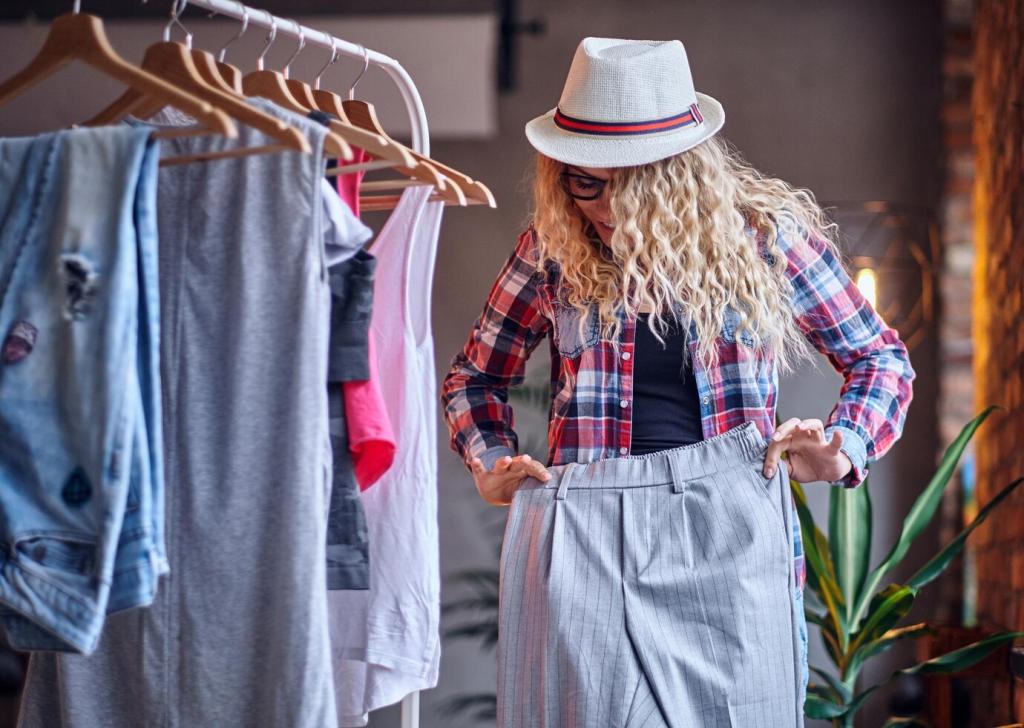
Sustainable Fashion Innovations: A Global Perspective
Sustainable fashion stands at the intersection of environmental consciousness, ethical production, and innovative technology. Around the world, designers and brands are reimagining the journey from raw material to finished garment, striving to reduce the industry’s ecological footprint while fostering fair labor practices. This global movement reflects a growing awareness of the fashion industry’s impact on the planet and communities, driving forward-thinking solutions that marry creativity with responsibility. The following sections explore how sustainability is transforming every level of the fashion ecosystem, spotlighting pioneering initiatives, breakthrough materials, and the shifting values of consumers and producers alike.
Rethinking Materials: The Fabric Revolution
Plant-based materials represent one of the most exciting developments in sustainable fashion. By utilizing fibers derived from bamboo, hemp, pineapple leaves, and even lotus stems, innovators reduce dependency on polluting synthetics and resource-intensive cotton. These materials often require less water and fewer pesticides, making them gentler on the environment. Scientists and designers are experimenting with methods to transform agricultural byproducts and overlooked plants into comfortable, durable, and stylish fabrics. This shift not only diversifies the range of inputs for the textile industry but also supports circularity, as these organic materials often biodegrade more readily at the end of their lifecycle, closing the loop and lightening the ecological load.
Previous
Next
Ethical Practices and Transparent Supply Chains
Fair Labor Initiatives
Fair labor initiatives strive to address historical injustices in textile and apparel manufacturing. These programs focus on securing safe working environments, fair pay, and adequate benefits for garment workers, particularly in regions where exploitation has long persisted. Certification schemes, independent audits, and direct partnerships with cooperatives are becoming increasingly prevalent as manufacturers respond to conscious consumerism. By supporting fair labor, both brands and shoppers contribute to industry-wide cultural change, fostering dignity and prosperity for those at the heart of fashion’s production processes.

Circular Fashion Economies
Designing for longevity goes beyond aesthetics, prioritizing durability and the potential for garments to be repaired or adapted over time. Brands leading in this space select robust fabrics, reinforce stitching, and create modular elements that can be replaced or upgraded. Educational outreach has become part of the movement, teaching consumers how to mend, alter, or care for their clothing. By making durability desirable and repair accessible, fashion becomes an enduring companion, rather than a disposable commodity. This philosophy supports resource conservation and lessens the environmental impact of constant replacement.
New business models built around renting and reselling clothing are helping to reduce waste and extend the useful life of garments. Rental services offer consumers the chance to enjoy high-quality, trend-forward pieces without long-term commitment, thus decreasing the demand for new production. Resale marketplaces, both online and in brick-and-mortar stores, make it simple to buy or sell pre-loved clothing. These platforms are reshaping consumer expectations, fostering a culture that values experience and stewardship over unchecked acquisition, and pointing to a future where fashion is shared and stories are passed from one wearer to another.
Efforts to recycle clothing at scale have gained momentum, with technological advances enabling the breakdown and reconstitution of complex textile blends. Mechanical and chemical recycling methods can recover fibers for new garments, diverting waste from landfills and reducing the need for virgin materials. Companies are experimenting with closed-loop systems, where returned garments become feedstock for future designs. While challenges remain in sorting, logistics, and contamination, garment recycling signals a commitment to transformation, where materials are continually reborn, reducing the fashion industry’s reliance on finite resources.

Technological Advancements in Production
3D printing in fashion enables designers to create garments and accessories layer by layer, using precise quantities of material and dramatically reducing waste. On-demand manufacturing further limits overproduction by responding to actual customer orders, rather than producing bulk inventory based on forecasts. Together, these technologies allow for greater customization, speed, and sustainability, as items are produced only when needed and often close to the point of sale. By curbing waste and eliminating excess stock, brands can shrink their environmental footprint and offer unique products tailored to individual tastes.

Previous slide
Next slide
Consumer Engagement and Changing Attitudes
With greater access to information about sourcing, manufacturing, and brand ethics, consumers are making increasingly informed decisions about what to buy and whom to support. Tools such as eco-labels, transparency reports, and social media campaigns provide insights into the environmental and social credentials of fashion companies. As a result, shoppers are empowered to align their purchases with their values, driving demand for more sustainable products. Brands that foster openness and provide clear, accessible information are finding themselves better positioned to build lasting relationships with a new generation of conscious consumers.

Policy and Industry Collaboration
Government Regulation and Incentives
Governments are increasingly stepping in to regulate the social and environmental practices of the fashion industry. Measures such as extended producer responsibility laws, environmental taxes, and bans on hazardous substances create powerful incentives for brands to adopt sustainable methods. Public funding for research into new materials and waste reduction technologies can further spur progress. While policy approaches vary by country, the overall trend is toward stronger requirements and higher expectations, helping to move the industry from voluntary measures to mandatory change.
Industry Alliances and Coalitions
Industry alliances and coalitions provide a platform for brands, suppliers, and innovators to pool resources and share best practices. Initiatives such as the Sustainable Apparel Coalition and Fashion Pact unite competitors in pursuit of common goals, such as carbon reduction or improved labor conditions. These collaborations foster dialogue, set uniform standards, and help scale impactful solutions across the sector. By working together, brands can amplify their positive influence, ensuring that progress is swift, meaningful, and widespread.
Nonprofit and Academic Partnerships
Partnerships between fashion brands, nonprofits, and academic institutions are driving research, innovation, and education within sustainable fashion. Nonprofits often serve as watchdogs and guides, pushing for higher standards and supporting community-based initiatives. Academic researchers contribute scientific expertise and impartial analysis, helping to validate new materials and processes. These partnerships also play a key role in training the next generation of designers and entrepreneurs, embedding sustainability into the very fabric of fashion’s future.
